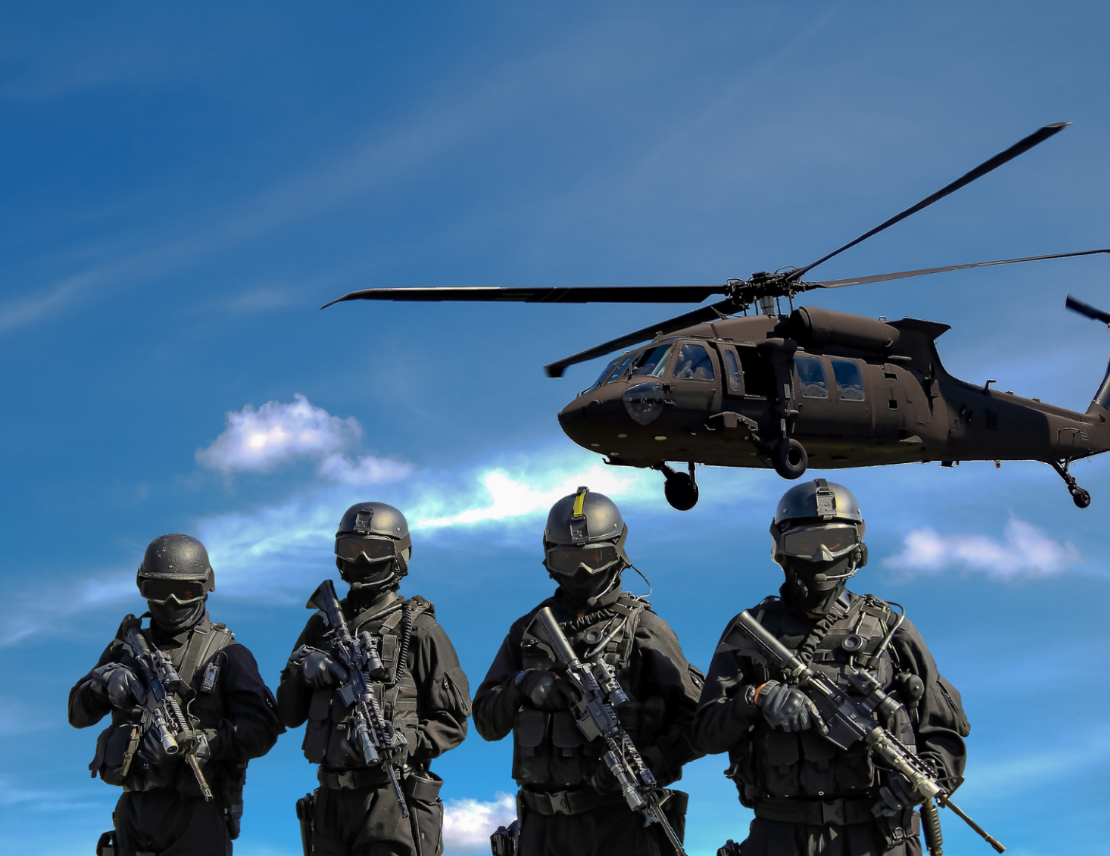Authors: Heinrich Brauss, Ben Hodges, Julian Lindley-French
The Military Mobility Project
The Military Mobility Project, launched by the Washington-based Center for European Policy Analysis (CEPA), is designed to promote the establishment of the multiplicity of conditions (legal and regulatory standards, infrastructure and military requirements, the management of risks to the security of transiting forces) needed to enable, facilitate, and improve military mobility across Europe. The project focused on five different political-military scenarios each of which was examined by a multinational working group in a series of military mobility workshops that took place between September and October 2020. Their purpose was to generate a number of substantial recommendations that, if implemented, would advance military mobility across Europe.
In an address to the Plenary Military Mobility Workshop in October 2020, Adm. Rob Bauer, the Netherlands’ chief of defense, identified the key challenges posed to his country as a transit nation for moving military forces: the need for improved infrastructure; clear and agreed rules and regulations (for dangerous goods, customs, cross-border movement permissions); military mobility relevant command and control (C2); the establishment of a 24/7 network of national points of contact across NATO and the European Union (EU), respectively; the establishment of Territorial Command authorities by transit and host nations to facilitate smooth movements along multimodal movement corridors, properly supported by logistic hubs; and the fostering of digital support and protection. This report seeks to address these and related challenges that military mobility faces in Europe in general.
The Project’s Primary Message
Europe’s security environment changed fundamentally in 2014 as a consequence of Russia’s aggression against Ukraine and its illegal annexation of Crimea. Since then, NATO has placed renewed emphasis on deterrence and defense and made a significant effort to strengthen its posture. In view of Russia’s now-entrenched policy of constant confrontation, its use of hybrid warfare in both peacetime and during crises, as well as its growing military potential close to NATO’s borders, the Alliance must consider the simultaneous and parallel defense of several regions all of which could be at risk in a crisis with Russia. These regions stretch from Northern Norway and the North Atlantic through the Baltic Sea and Black Sea Regions to the Mediterranean. Specifically, NATO must further enhance its responsiveness and agility as well as the readiness of its military forces and be able to deploy them rapidly to provide timely reinforcement of allies in a crisis or a military conflict. Speed is of the essence. NATO also remains committed to responding effectively to crises beyond the Alliance’s borders. Given the risk that such crises could escalate rapidly, the ability to respond speedily over distance is also important.
The EU seeks to become a geopolitical actor and advance, in time, toward a so-called European Defense Union. While the EU’s focus is on the conduct of effective civil-military crisis management beyond Europe, its ability to act effectively will also require the rapid movement of forces across Europe prior to their deployment to crisis regions adjacent to the bloc’s borders and beyond. The security environment is also marked by the return of geopolitical great-power competition. One consequence of China’s rapid rise to global power status is the shift taking place in the U.S. strategic center of gravity toward the Indo-Pacific region. The United States’ European allies and partners will thus have to spend significantly more both on deterrence and defense in Europe and effective crisis management in North Africa and the Middle East.
Against this strategic background, both NATO and the EU have a clear common responsibility to establish the conditions needed for the expeditious movement of military forces throughout Europe. The primary strategic purpose of military mobility is to move forces and resources rapidly over distance and by so doing afford the political and military leadership of the Alliance options to enhance deterrence and defense or engage in effective military crisis management beyond NATO’s borders. Effective cooperation between the EU and NATO over military mobility would further strengthen transatlantic cohesion by contributing to equitable burden sharing.
The full project is available here:
https://cepa.org/wp-content/uploads/2021/03/CEPA-Military-Mobility-Report-web.pdf

